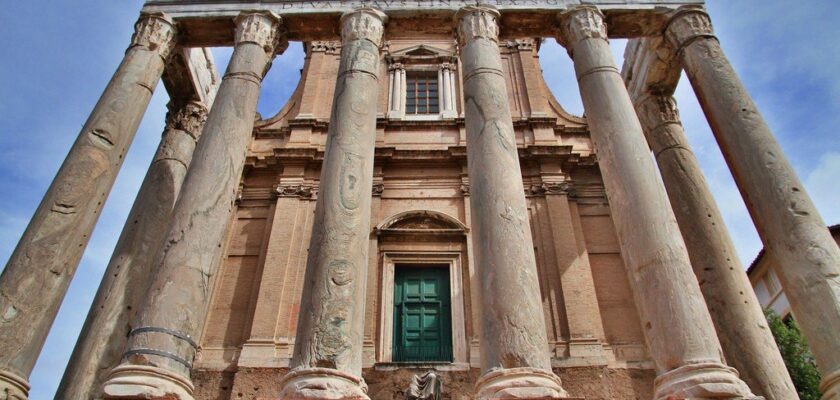Roman Forum
Roman Forum is a square in the center of ancient Rome, which was the center of public life for a long time.
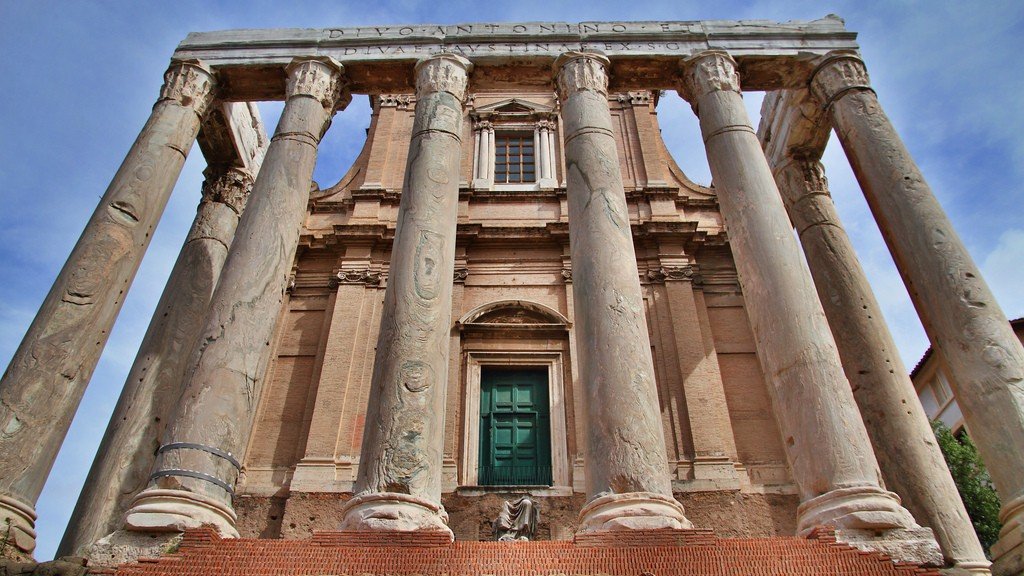
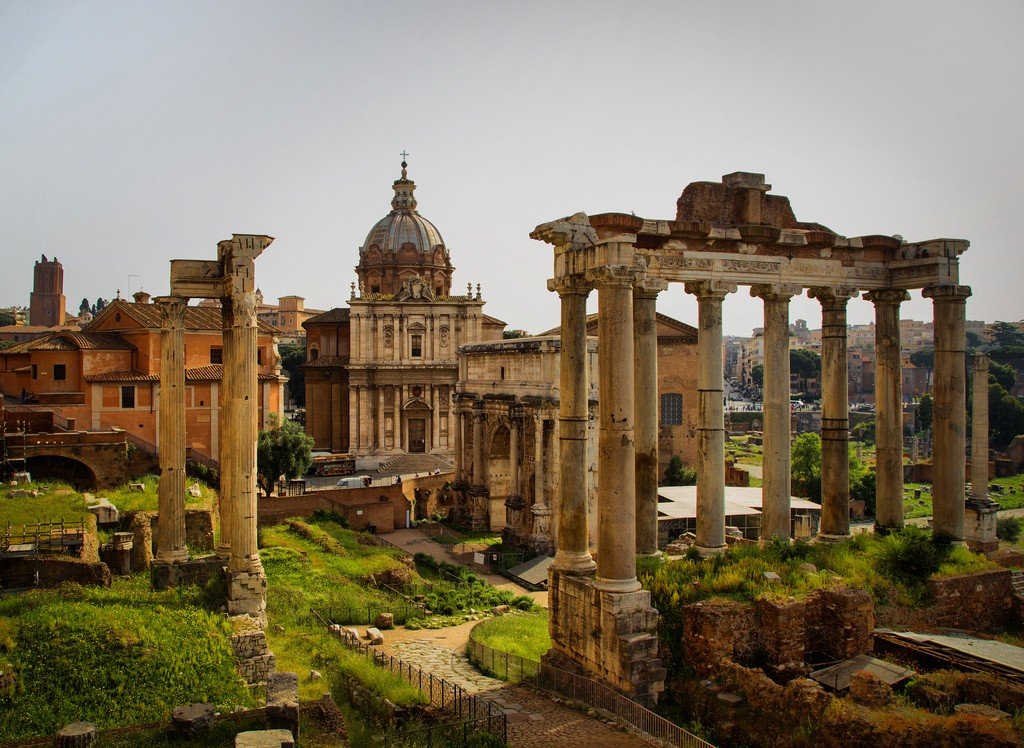
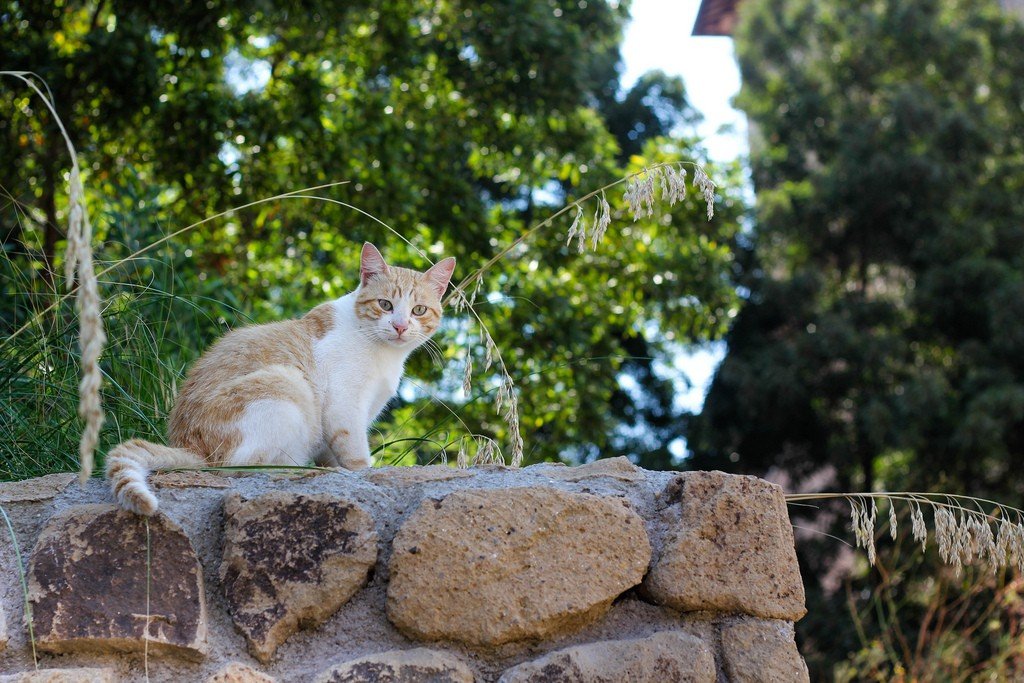
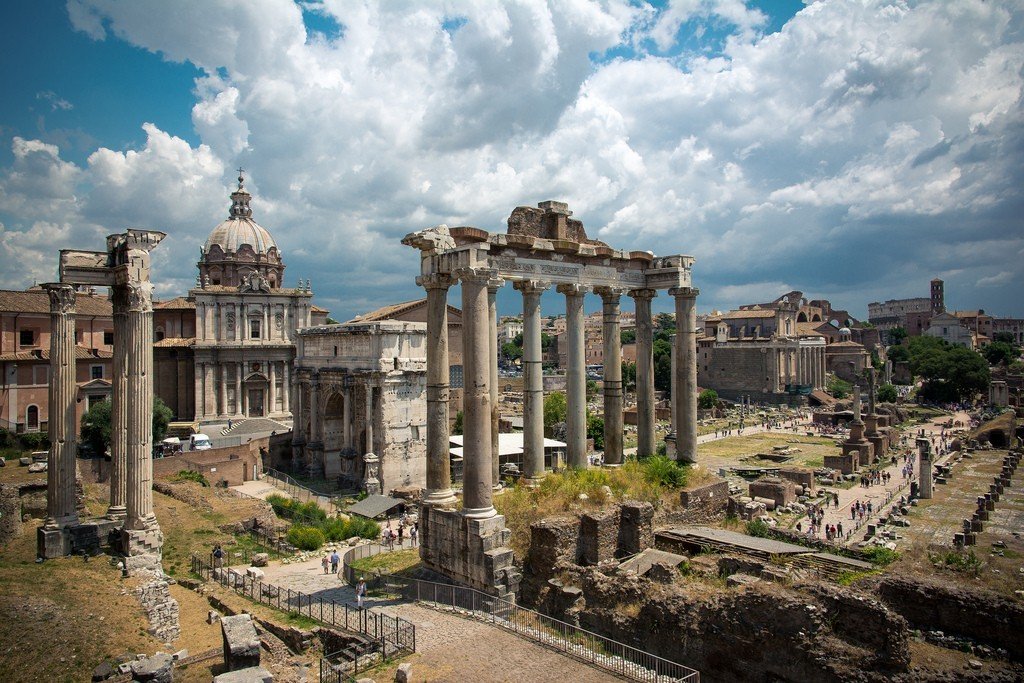
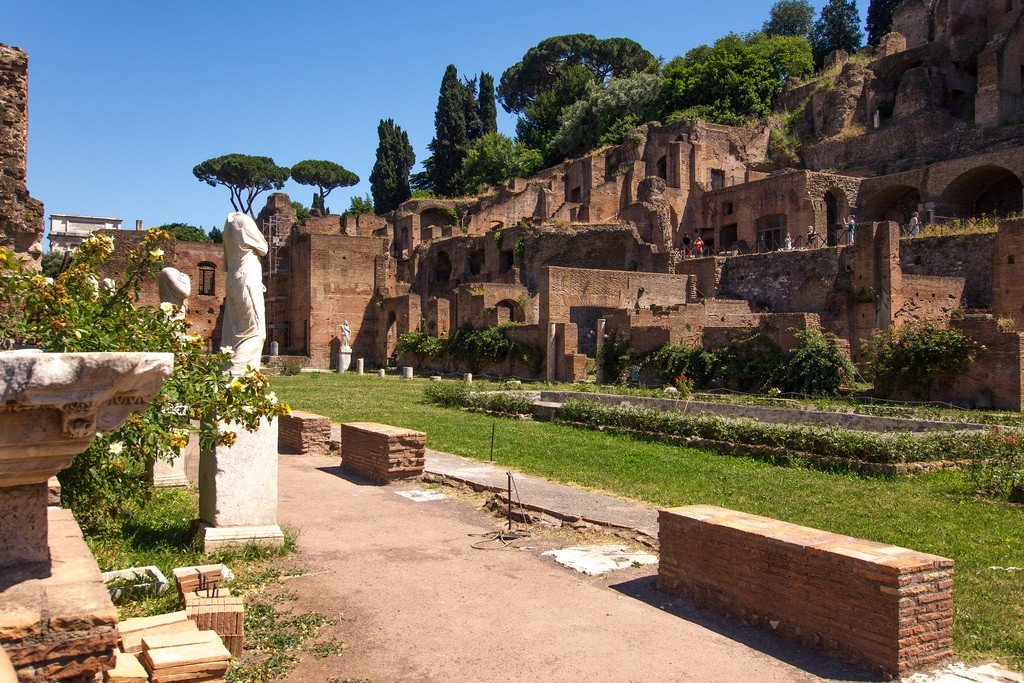
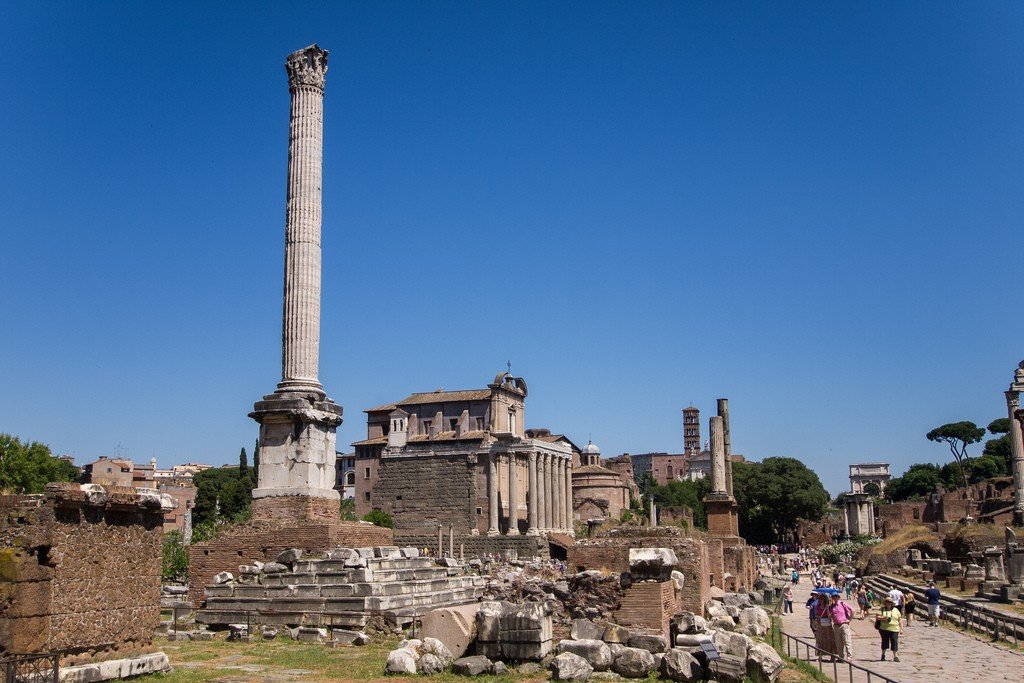
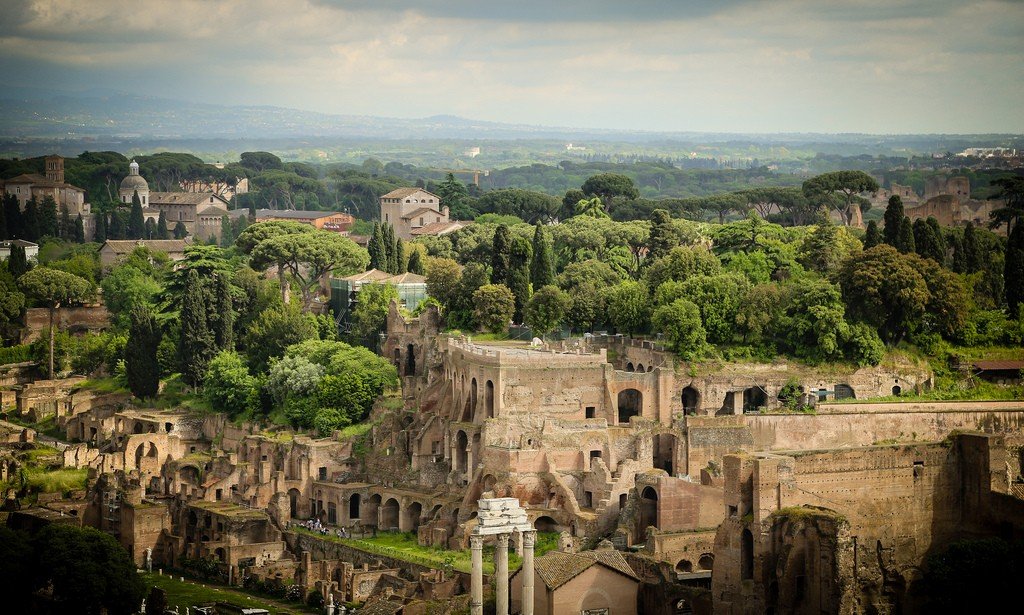
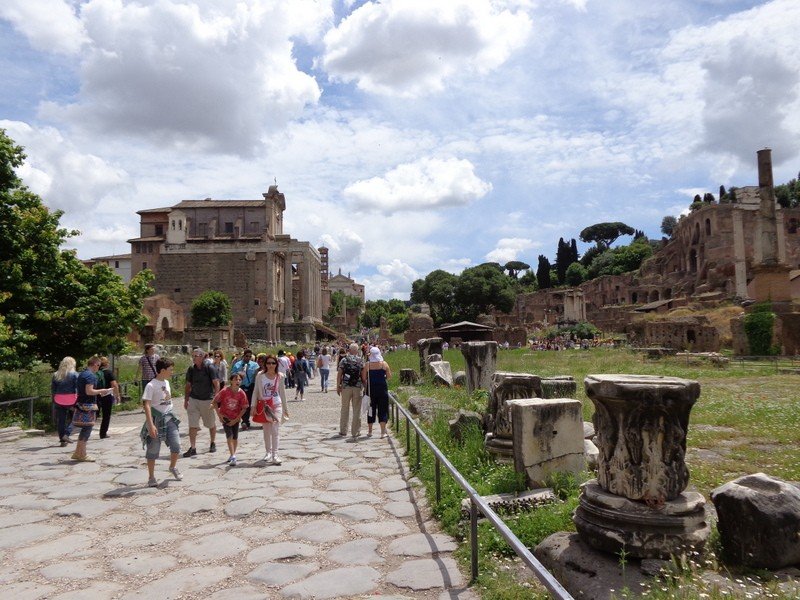
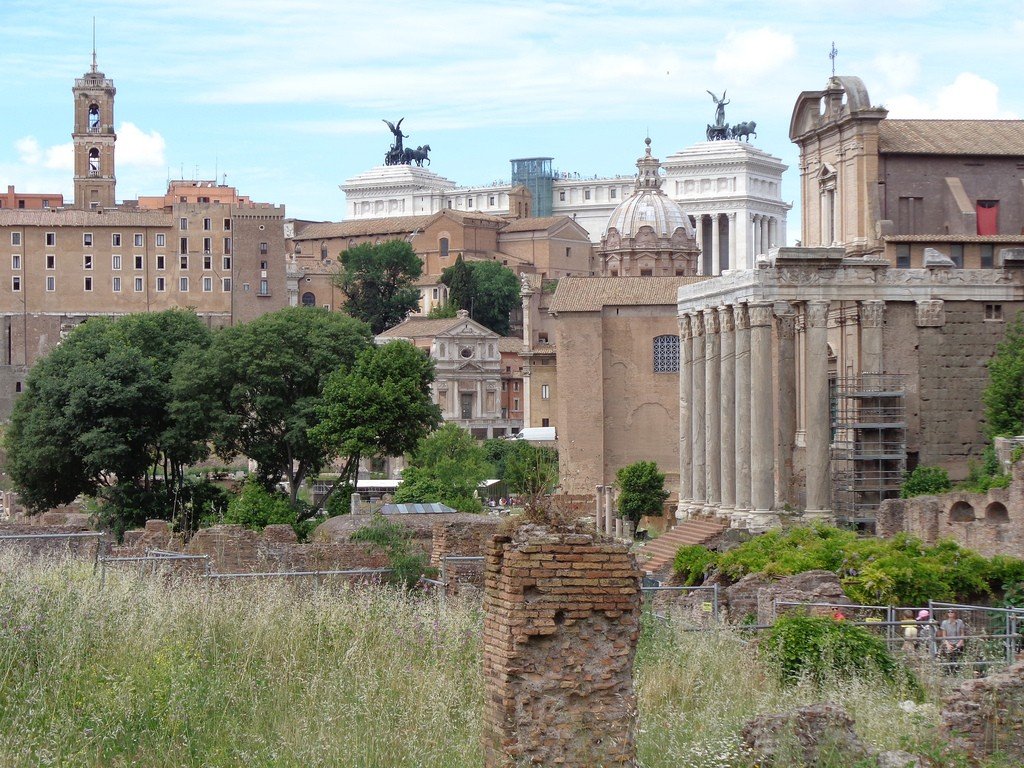
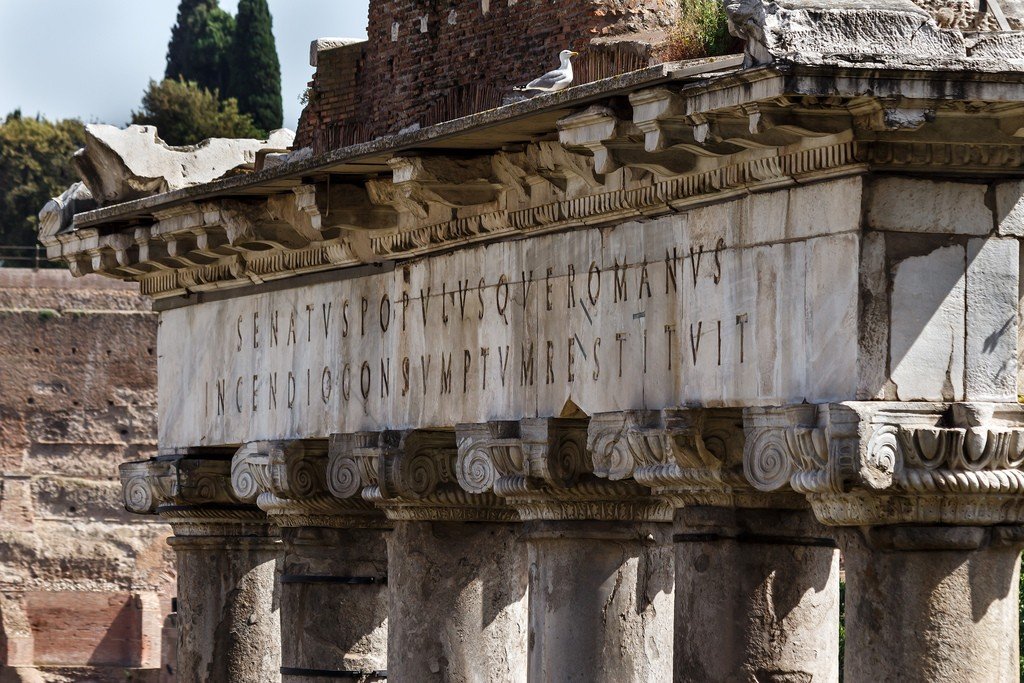
General information
Originally there was a swampy lowland here, but the antique sewer system, laid VI century BC, drained the place and the water went through canals into the Tiber. The construction of the first buildings of the forum was carried out on the place where meetings were held, the market worked and justice was administered. Caesar began to expand the square; Emperor Augustus continued the work; Augustus’ successors erected new magnificent buildings. Roman Forum, shimmering marble and shining gilt, became the center of the Roman world. But in the VI century. began a gradual decline. During the Renaissance, valuable materials were plundered to decorate new palaces and churches. Up to the XVIII century. here grazed cattle Roman shepherds – and the Forum was called the pasture for cows. About the same time began systematic excavations, from 10-15-meter depth to the light of God extracted ancient ruins.
.
Today, the entrance to the Forum is possible either from Constantine’s Arc de Triomphe or from the Via dei Fori Imperiali.
.Opening hours:Daily from 9.00 a.m;closing 2 hours before sunset
.Buildings of the Roman Forum
Basilica Aemilia
The censors Marcus Aemilius Lepidus and Marcus Fulvius Nobilior built the Basilica Aemilia in 179 AD to relieve trade in the Forum. It was presumably destroyed in the early 5th century during the conquest of Rome by King Alaric of the Visigoths.
.Curia
Opposite is the Curia, built by King Tullus Hostilius of ancient Rome for the meeting of senators, which acquired its present appearance under Emperor Diocletian (303 AD). The bronze doors of the basilica were moved to the Cathedral of St. John Lateran in the XVII century; the marble mosaic floor, the side rows of steps for senators and the podium in the end part go back to the beginning of the IV century. Two blocks with reliefs left here only for support allow us to imagine how the Forum once looked like. A black stone was discovered between the orator’s rostrum and the Curia; it is thought to have marked the underground rooms revered as the tomb of Romulus.
.The Arch of Septimius
In 203, Emperor Septimius Severus’ sons Septimius Bassianus (Caracalla) and Geta erected the mighty three-span Triumphal Arch of Septimius Severus in honor of the tenth anniversary of their father’s reign. Inscriptions on the attic glorify the victories of the emperor and his sons over the Parthians, Arabs and Assyrians. Later, Caracalla did not want to share power with his brother and, having killed Geta, destroyed his name in these inscriptions.
.Rostra
.Next to the arch is the rostra, an oratorical tribune of the “Golden Age” decorated with bows from ships captured by the Romans. In front of it is a Corinthian column erected in 608 in memory of the Byzantine Emperor Phocas: it was he who gave the Pantheon to Pope Boniface IV to convert it into a temple.
The Temple of Julius.Temple of Julius Caesar
The temple of the officially deified Julius Caesar forms the second narrow side of the square. After Caesar’s assassination in the Ides of March, 44 BC, his body was burned on this site, and this is where Mark Antony promulgated Caesar’s will. Emperor Octavian erected a temple with a second oratorical tribune on this site in 29 CE.
Temple of Castor and Pollux
Nearby is a podium temple in honor of the twin patrons of the city, Castor and Pollux. The three Greek marble columns that remain from it are considered one of the symbols of Rome. Mortar was first used in the construction of the podium.
.Basilica Julia
The Basilica Julia was erected opposite the Basilica Aemilia – also on the longitudinal side of the Forum (169 BC); under Julius Caesar it was renovated as a judicial basilica. On its steps the Romans used to pass the time by playing various games; the delineated fields for them can be clearly distinguished.
>Temple of Saturn
On the other side of the basilica, eight Ionic granite columns are the remains of the Temple of Saturn, which served as a repository of state treasures in the Roman Republic. The tabularium, built in the 1st century B.C., forms the transition from the forum to the Capitol. The ruins below the building are the portico, where the statues of the twelve chief gods stood, and the remains of the temple of Vespasian and the temple of Concordia (concordia); the latter was erected in 367 B.C. as a symbol of reconciliation between patricians and plebeians and renewed in the early 1st century A.D. by the emperor Tiberius.
.Temple of Antoninus and Faustina
To the right of the exit from the forum on the Via dei Fori Imperiali rises the powerful temple of Antoninus and Faustina. It was erected in 141 AD by Emperor Antoninus Pius after the death of his wife, Empress Faustina, and after his own death from 161 AD the temple was used to worship the officially deified emperor. Transformed in the 11th century into the Church of San Lorenzo-in-Miraida, the temple, with its 17 m high columns, reliefs, ornaments and frieze, is considered the best preserved in the Roman Forum.
.
Temple of Vesta
In the only round-shaped temple burned the Sacred Fire kept by the Vestal women. On Roman New Year’s Day, March 1, the fire was first extinguished in dwellings and then re-lit from the fire in the Temple of Vesta.
In the neighboring House of Vestaloki in seclusion lived the priestesses of Vesta; the girls were trained to serve in the temple at the age of 6 to 10 years; they were chosen by the Great Pontiff himself among the daughters of the most noble families of the city. As a rule, they served as Vestals for 30 years.
.Basilica of Maxentius
The powerful arches of the Basilica of Maxentius are a grand example of ancient pavilion-type buildings. The construction of the Basilica was begun in 306 by Emperor Maxentius and finished in 330 by his successor Constantine. The building was intended for court proceedings and business meetings. The bronze roof was stolen in the 7th century, and an earthquake in the 9th century hastened the destruction. In the western apse rose a monumental statue of Constantine, fragments of which have already been mentioned.
.
The triumphal arch of Titus
In front of the exit to the Colosseum stands the Triumphal Arch of Titus, erected in honor of Titus’ victory in the Jewish War. Titus, son of Emperor Vespasian, conquered and destroyed Jerusalem in 70 AD. Two bas-reliefs inside the span of the arch depict Titus’ triumphal procession with trophies, among them a menorah (menorah) from the destroyed Temple in Jerusalem.
.